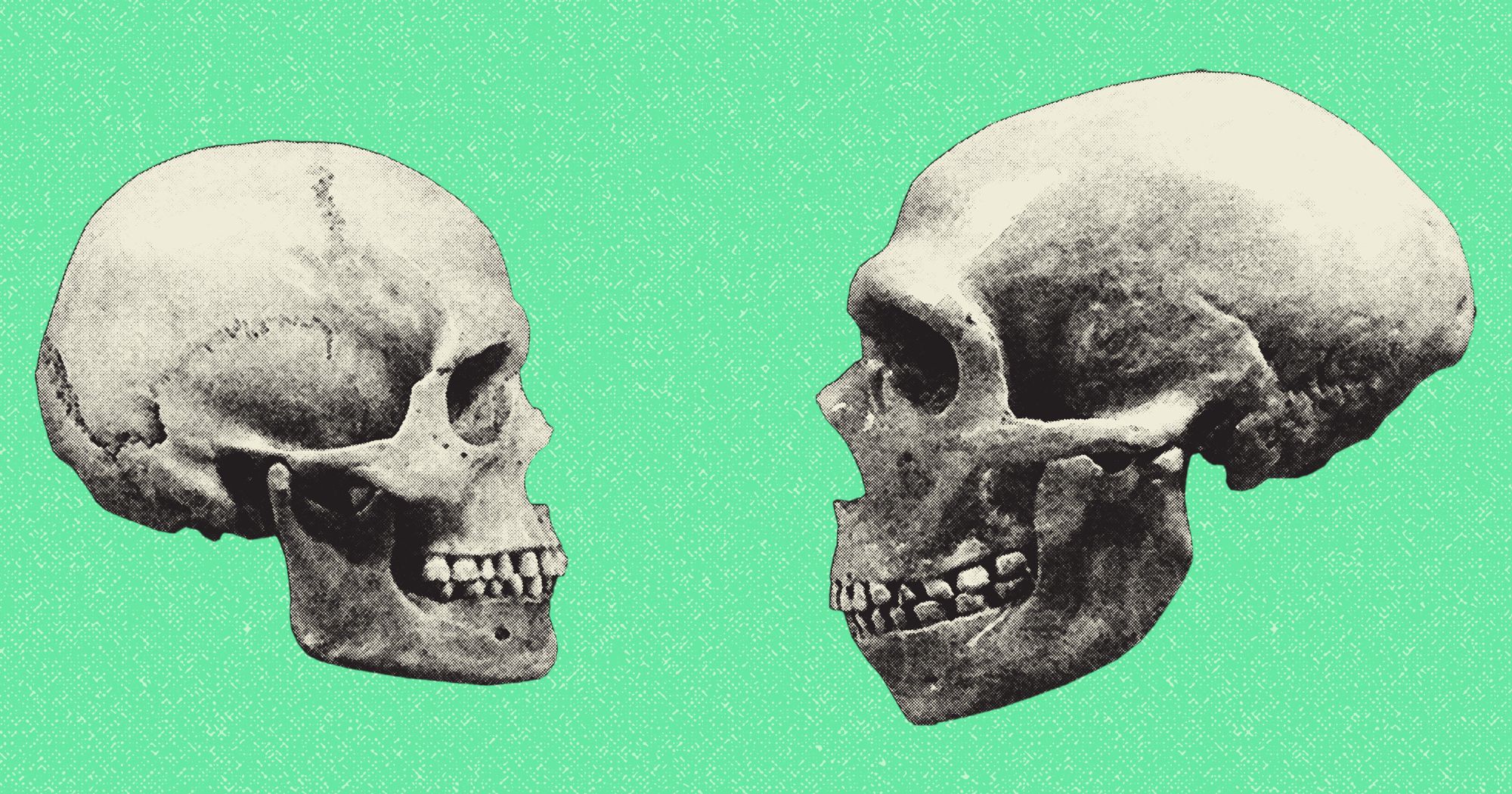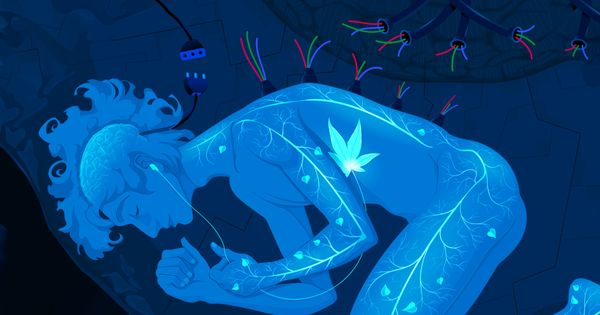Human evolution is scattered over millions of years.
While we all know we have evolved from apes, little has been known about our closest ancient relatives – Neanderthals.
Neanderthals or Homo Neanderthalensis are our closest relatives in the human family tree. The earliest fossils belonging to Neanderthals were found in 1856 in the Neander Valley in Germany. Hence the name Neanderthals.
The species lived longer than we modern humans have lived on this planet from 400,000 to 40,000 years ago. Inhabiting the areas mostly in the Eurasia region.
Over the years there have been many discoveries in the way they lived, their biology and how they influenced us, modern humans.
What do we know?
After the first fossils of Neanderthals were discovered in the 19th Century, these early ancestors of humans were considered to be brutish cavemen, closer to Apes. Decades later though, with analysis of their remains and various artefacts a better picture was painted.
It is inferred that these early beings lived in an extremely harsh cold Eurasian region. This is the Ice age we are talking about, so temperatures were as low as minus 20°C.
Yet, research shows us that Neanderthals adapted very well to these harsh climates, even with sea levels being lower than what we have today.
Physical Features
A big part of their sustenance in the harsh environment was their physical features. They had a relatively shorter body with male heights averaging 5.5 ft and female heights averaging 5.1ft and were quite stocky with broad chests, bulky torsos, and muscular limbs.
They also had a very large nose with relatively high bridges which helped them to warm and humidify the cold and dry air they’d breathe in the cold Eurasian regions
These evolutionary adaptations helped neanderthals generate and retain body heat.
Apart from their stronger build to adapt to harsh winters, they also had relatively larger brains which were quite similar to modern human brains. A larger brain played a key role in shaping their lifestyle and culture.
Culture
Various archaeological evidence suggests that they build shelters, wore clothing and even crafted some advanced tools. Although disputed, some of the oldest cave paintings in Spain even denote that they indulged in Art as well.
They even started the practice of burying the dead and adorning gravesites with flowers.
Paleoanthropologists believe that Neanderthals lived in smaller groups, concluding from the few lines of evidence, including the limited remains at burial sites and the modest rock shelters.
They were one of those first species to actually cook the food and even had a sort of symbolic language, to begin with.
How Did they go Extinct?
Now the question remains if they were so smart and forward why and how did they go extinct?
To this date, there is no definitive answer to how did they go extinct but there sure are some theories around. Some say that the modern humans which came from Africa attacked Neanderthals and that drove them to extinction while some say that the hardcore climatic conditions in the ice age were one of the factors driving Neanderthals to extinction.
The theory which makes the most sense today is that Neanderthals interbreed with modern-day humans from Africa and eventually got assimilated into them. That may explain why most people of European or Asian descent have 1% to 2% neanderthal genes in their DNA.
Way Ahead
Over the years, various fossils discovered tell us how evolution built Neanderthals to be sturdy, and to survive their harsh environment, but their tools, art, and DNA tell us that their resilience also involved innovation, creativity, and social behaviour, much like homo sapiens today.
In the end, while their species are extinct, they are not entirely gone. Since around 2% of our genomes come from Neanderthals, their stamp on humanity will be ensured for thousands of years to come.
It is amazing to think how billions of descendants are still here, walking on Earth today.









